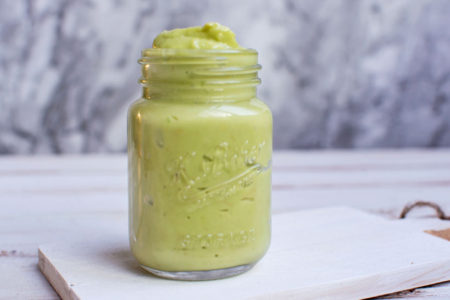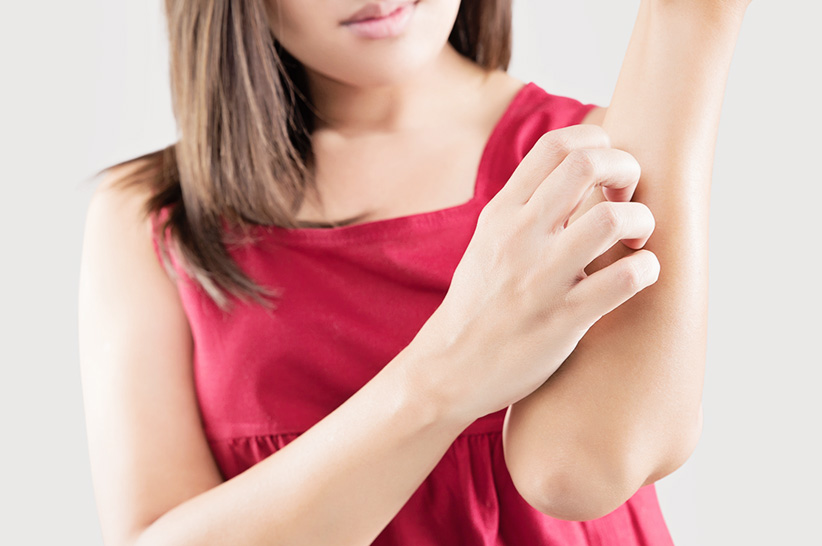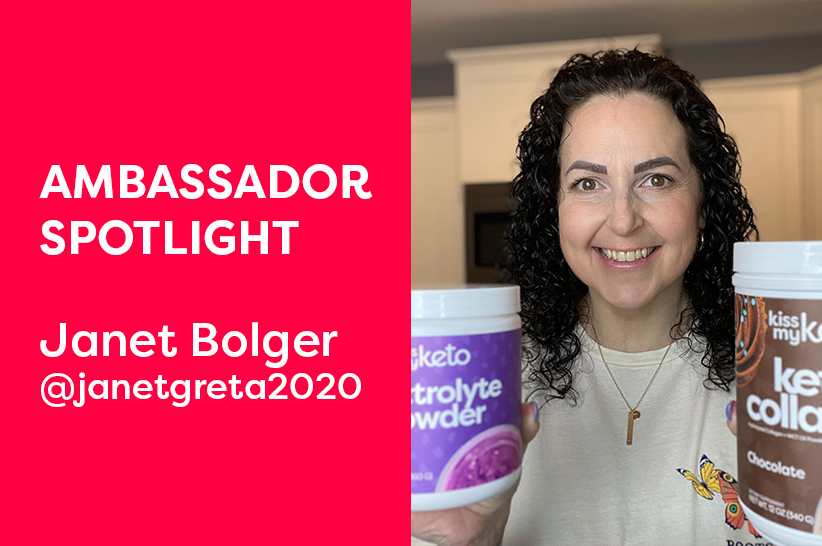Does it look like you’ve developed an uncomfortable rash soon after your body entered ketosis? Here’s what that all means.
One of the less talked about possible side effects of the keto diet is something called keto rash or ketosis rash. It’s a red and itchy rash that some people develop soon after they enter ketosis, a metabolic state that the body gets into in response to carb restriction.
Luckily, the keto rash is extremely rare. Only around 300 cases have been reported in literature so far 1, and most are from Japan. But what if you’re one of the unlucky few to be affected? But most importantly, is the keto rash dangerous and will it go away?
Before answering all of that, let us first explain what the keto rash is, what causes it, what symptoms you can expect, and then we’ll go into what you can do to treat and prevent it.
What Is Keto Rash?
In medicine, experts refer to keto rash as prurigo pigmentosa. It’s a rare inflammatory skin disease of unknown origin characterized by 2:
- The sudden onset of itchy and red pimples
- Usually on the trunk and neck in symmetrical patterns
- Occurring in a network of mottled patches
- Similar in appearance to a heat rash or contact dermatitis
- Dark patches of hyperpigmentation once resolved
It’s also possible to develop keto rash on the face, specifically the sides of the face 3, but it’s rare to get in on the middle of the face, limbs, mucous membranes, and it’s extremely rare to get keto rash on the scalp.
While the keto rash tends to develop suddenly, it does go through three distinct stages 4. These keto rash stages include:
- Early-stage – The rash appears as tiny blisters that may or may not be red. It usually does not seem serious at this stage.
- Fully-developed – The rash is now more pronounced and acute with red, itchy bumps. The rash may look like cysts and turn crusty.
- Late-stage – The rash starts to resolve around this stage. You may notice post-inflammatory darkening of the skin, which resolves within a couple of months.
The rash typically resolves within 2-5 weeks, especially with treatment 3, 5. It’s a good idea to speak to your doctor if you suspect you’ve developed keto rash since early treatment can help prevent hyperpigmentation and other complications.
What Causes Keto Rash?
Because there have been few reported cases of keto rash, researchers didn’t have that many opportunities to study it. As a result, little is known about it, including what causes it. But we do know that there’s a link between ketosis and keto rash 5.
Ketosis is a metabolic state in which the body burns fat which the liver turns into molecules called ketones. Ketones are the body’s backup fuel when glucose levels are too low to keep the body running. Ketosis can happen when you fast or are on a keto diet. An extreme and dangerous level of ketosis called ketoacidosis can happen with untreated diabetes.
But can a keto diet cause the rash?
When it comes to the keto diet, Susan Bard, MD, explains,
Keto rash is an itchy eruption that occurs on the trunk in a small subset of individuals who are in ketosis. But the exact mechanism isn’t yet understood.”
Researchers did note that the keto rash more commonly occurs with the following 5:
- Being female and in your 30s
- During warmer weather
- Having other skin conditions
- Sjogren’s disease and still’s disease
- Being pregnant or menstruating
- Infections with Helicobacter pylori and Borrelia spirochetes
- Contact allergens
- Sunlight, sweat, and summer heat
- Friction from clothes
When occurring together with being in ketosis, it could be that these factors increase your risks of developing keto rash.
Treatment For Keto Rash
If you’ve got a bad case of keto rash, one of the first things you’ll ask yourself is, does the keto rash go away on its own or do you treat it? And the answer is yes, and here’s how you get rid of keto rash:
Eliminate food allergens
Food allergies can exacerbate existing keto rash, especially if your allergies present as hives. That’s because they increase inflammation in the skin and body, and they compromise the functioning of your immune system. The keto diet can be particularly heavy on foods that are common allergens like milk, eggs, peanuts, shellfish, and nuts 6.
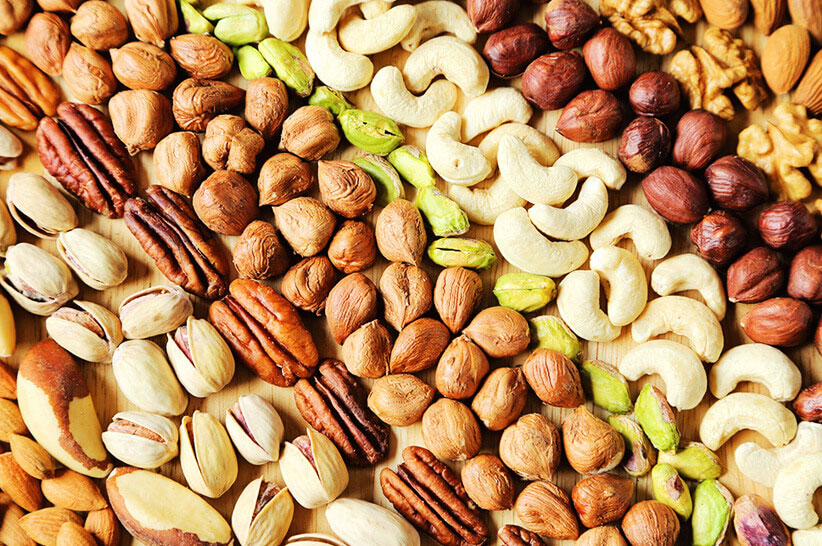
It’s a good idea to get an allergy test to rule out possible allergies. Food allergies can cause mild to severe symptoms, and these usually develop within minutes of eating an offending food. If you’ve noticed that you feel nauseous and develop an itchy rash after eating certain foods, look at this as a possible sign of food allergies.
Consider anti-inflammatory supplements
Since inflammation is partially behind the keto rash, you can help fight it with anti-inflammatory supplements such as:
- Turmeric
- Ginger
- Fish oil
- Resveratrol
- Spirulina
Certain vitamin supplements can help as well. A recent systematic review on the role of supplements in treating atopic dermatitis, another inflammatory skin condition, found the strongest evidence for vitamin E and D 7.
Vitamin E is an anti-inflammatory vitamin that’s important for skin health. Vitamin D is important for normal immune system functioning. Deficiencies in this vitamin are known to make people more susceptible to poor immune system functioning 8.
Take keto supplements
You could also consider supplements designed for the keto diet or ones that go well with it. Popular keto diet supplements include MCT oil, collagen powder, electrolytes, and fiber. Each of these can help you minimize your risk of keto diet side effects, including keto rash.
For example, collagen powder can support the health and functioning of your gut and skin. Studies show that collagen supplements improve skin hydration and elasticity 9. Collagen also also protects the lining of your intestines 10, and the important reason is because your immune system depends on the health and functioning of your gut.
Fiber supplements can boost gut health and the immune system as well. Dietary fiber influences the balance of gut bacteria, the functioning of cells lining the gut, and immune system cells 11.
Avoid skin irritants
Skin irritants can make keto rash worse. In some cases, it even seems to trigger it. Examples of common skin irritants include 12:
- Soaps and sulfates
- Nickel and cobalt
- Balsam of Peru
- Chromium
- Fragrances
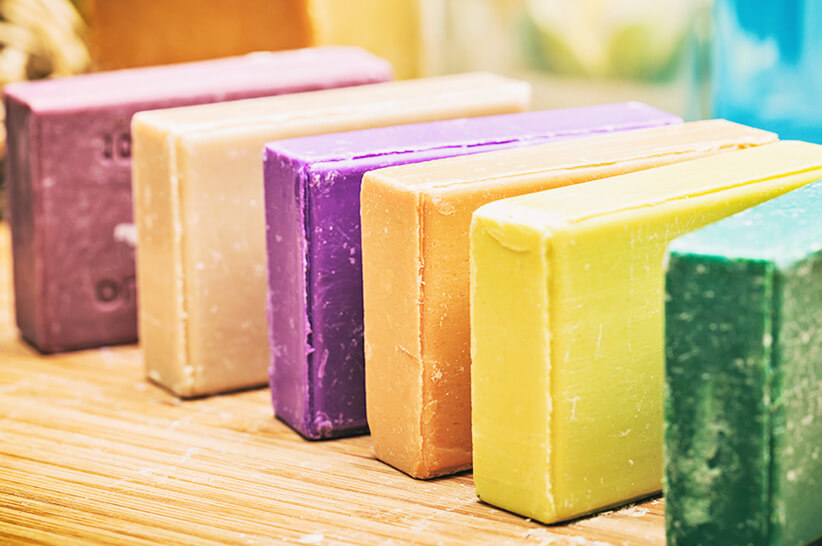
Use soaps and cleansers designed for sensitive skin. These usually don’t contain any fragrances and include glycerin for added moisture. Avoid wearing jewelry with irritating metals, don’t use heavily-scented fabric softeners, and avoid wearing perfumes. Abrasive cleansers can also irritate the skin as can clothing that causes a lot of friction.
Of course, removing all of the above may not cure keto rash, but it can make it less severe or even reduce your chances of developing this keto diet side effect.
Avoid humid or hot environments
If you can, avoid hot and humid places and spaces like saunas, hot showers, beaches, and pools. It’s a good idea to avoid jogging or walking on a hot and humid day and do that in the morning or evening. You’ll also want to wear loose-fitting, breathable clothes, especially shirts to avoid trapping sweat and overheating.
As already explained, cases of keto rash seem to be more common in the spring and summer or are aggravated by sunlight, summer heat, and sweat 5. Why this is so isn’t well understood, though.
Moisturize affected areas
Does the keto diet cause dry skin? For some it does. This can especially be the case within the first couple of weeks when many people on this diet start losing water weight and even experience mild dehydration. Mild dehydration can manifest as dry and cracking skin and this can make it more susceptible to infections 13.
Luckily, moisturizing affected areas can help reduce skin dryness 14. Choose moisturizers made for sensitive skin, preferably without fragrances and other irritants. A doctor may also prescribe an anti-bacterial ointment in case your keto rash turns out to be severe.
Discontinue the keto diet
Unfortunately, for many people, the only way to put an end to keto rash is by giving up the keto diet. In some cases, there is simply no other dietary change that can treat the keto rash other than discontinuing the diet that’s causing it 15. Amanda A. Kostro Miller, RD, LDN from Fitter Living, explains that “some people have found relief from keto rash if carbohydrates are brought back into the diet (and the body goes out of ketosis).”
But you don’t always need to throw in the towel. For some people, increasing carb intake just a little bit is enough to get their skin back to normal. If you initially reduced carbs to 20g per day, try increasing your intake to 50g and see if you notice any improvements. Deep ketosis isn’t really necessary when you’re using the keto diet to lose weight or improve metabolic health. You can achieve moderate ketosis with carb intake of around 10% of your daily calories and still see results.
Prevention
It’s also possible to avoid developing the keto rash with simple lifestyle and diet measures. Here’s what you can do:
- Reduce carbs gradually – Reduce carbs by 50g each day until you get to a 50g per day limit. Of course, your ideal daily carb limit will depend on your body composition and activity levels. Use a keto calculator to determine your ideal carb count for optimal ketosis.
- Take electrolytes – Dehydration can and does happen when people first start the keto diet. It’s a result of the body losing its glycogen stores and, with them, water and electrolytes. By taking electrolytes (and fluids) when beginning your keto diet, you can stay well-hydrated as your body adjusts to being in ketosis. This, in turn, can keep your immune system strong and your skin healthy.
- Take multivitamins – Vitamins D, C, and E are all important for skin health and the immune system. Make sure you’re not deficient in any of these by taking a multivitamin supplement daily or boost your intake of foods containing these nutrients like fish oil, nuts, seeds, and fresh vegetables.
- Avoid strenuous exercise – Let your body first adjust to ketosis and save vigorous exercising for later — around weeks 3-4 after starting the keto diet. This will help you avoid excessive sweating and straining your body. Of course, moderate aerobic activity in a ventilated room or when the weather is nice is ok.
Most people on a keto diet never have to experience the keto rash. But those that do often find the condition troubling and decide to go off their keto diet completely.
But before considering this step, know that the keto rash can be treated with antibiotics and by increasing your carb intake slightly. If the problem persists, though, you should cease the keto diet and go for other low-carb eating plans that don’t involve being in ketosis.
The keto rash can become severe if left untreated and leave large areas of hyperpigmentation and scarring. If you’re worried about your rash, do speak to your doctor and take the recommended steps to start treating this skin condition. And as far as prevention goes, taking it slowly with carb restriction, being well-nourished, and avoiding strenuous exercise that involves a lot of sweating and sunlight may help.
Takeaways
- The keto rash is known in medicine as prurigo pigmentosa, and it is a skin condition linked to ketosis.
- Most people won’t get the keto rash after starting the keto diet.
- Those that do develop the condition should treat severe cases with prescription antibiotics, ointments, and cessation of the keto diet.
- In some cases, increasing carb intake slightly helps.


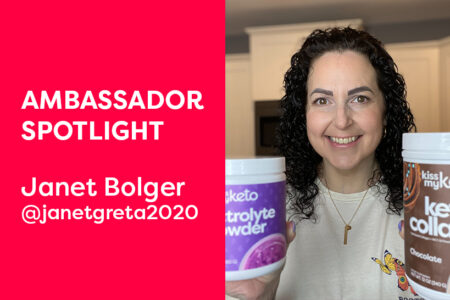

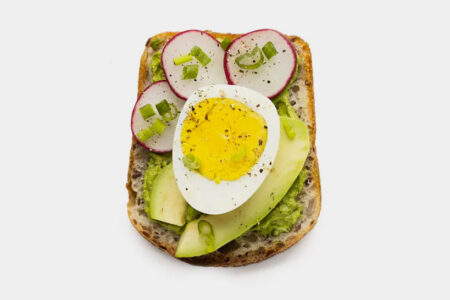
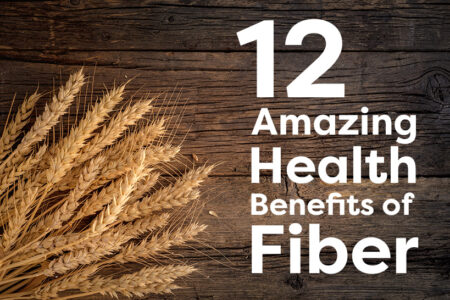
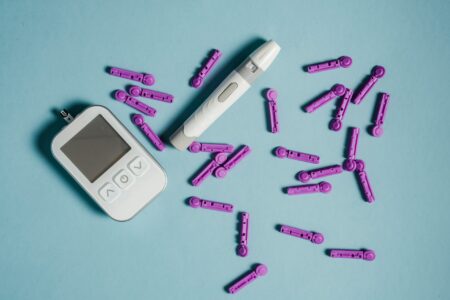

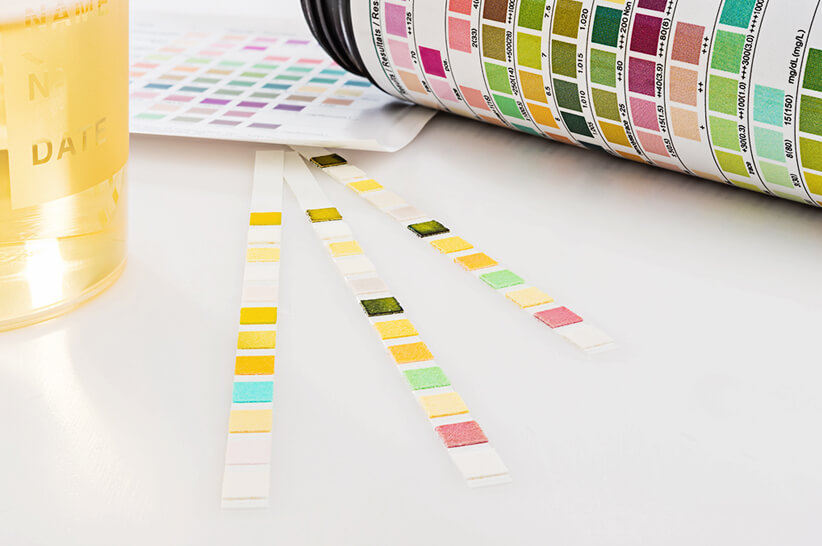
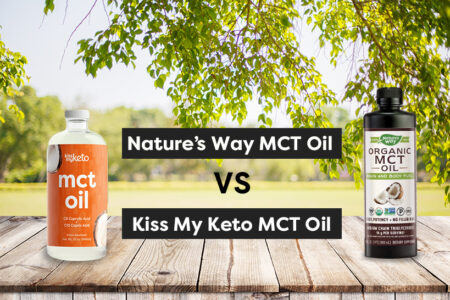
![Juicing for Weight Loss: Everything You Need to Know [Plus Recipes]](/wp-content/uploads/2019/08/Juicing-for-Weight-featured-image.jpg)



